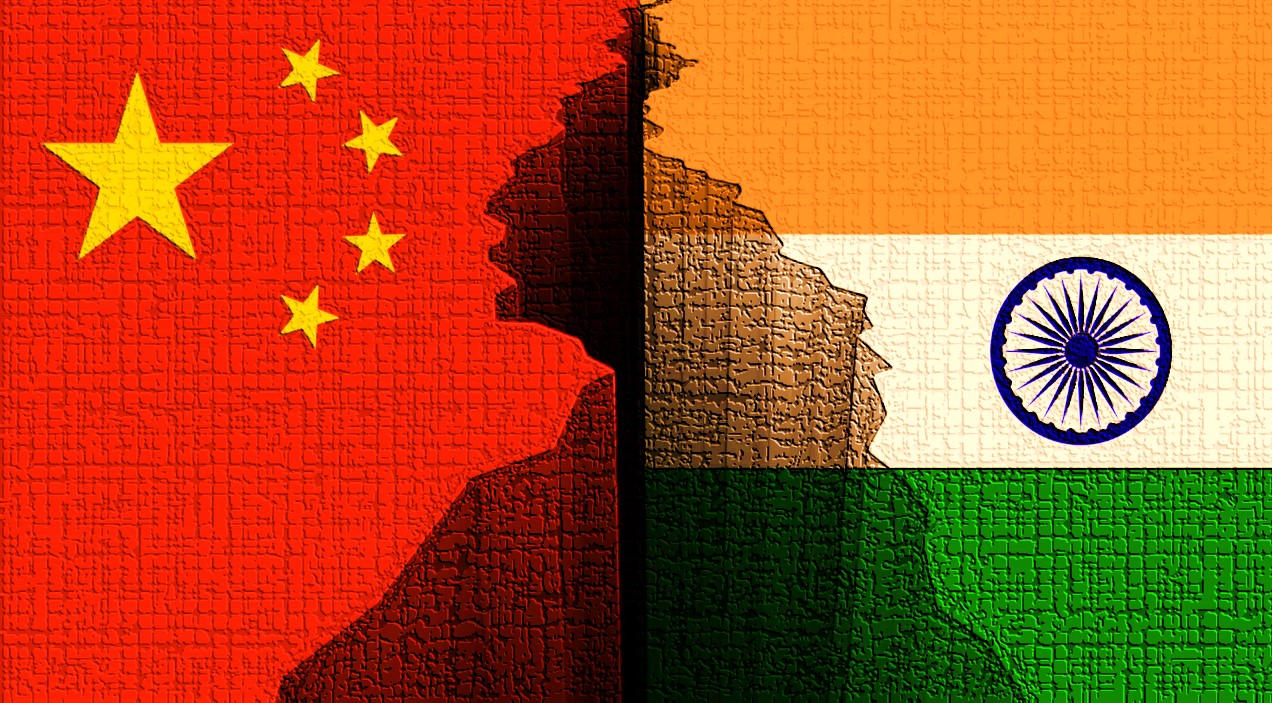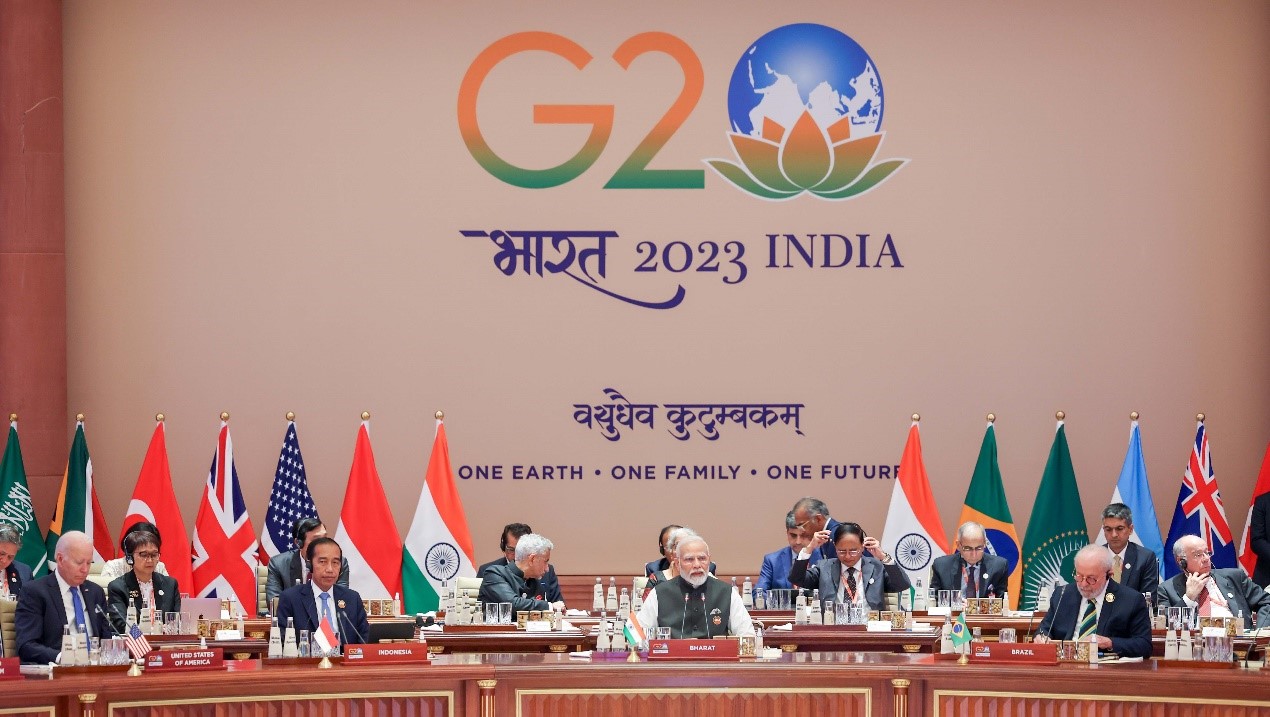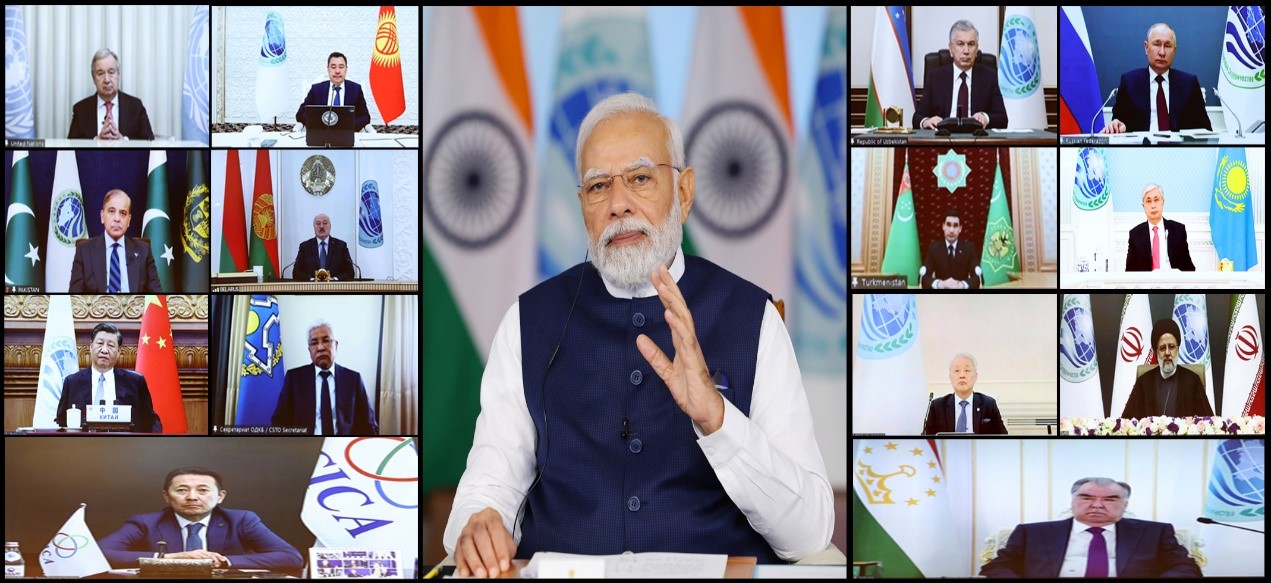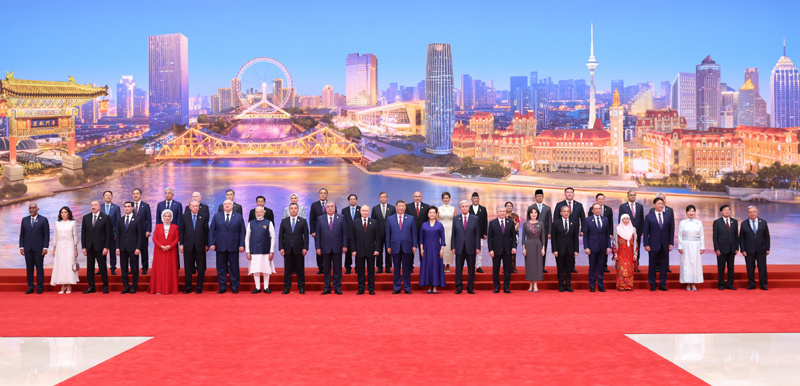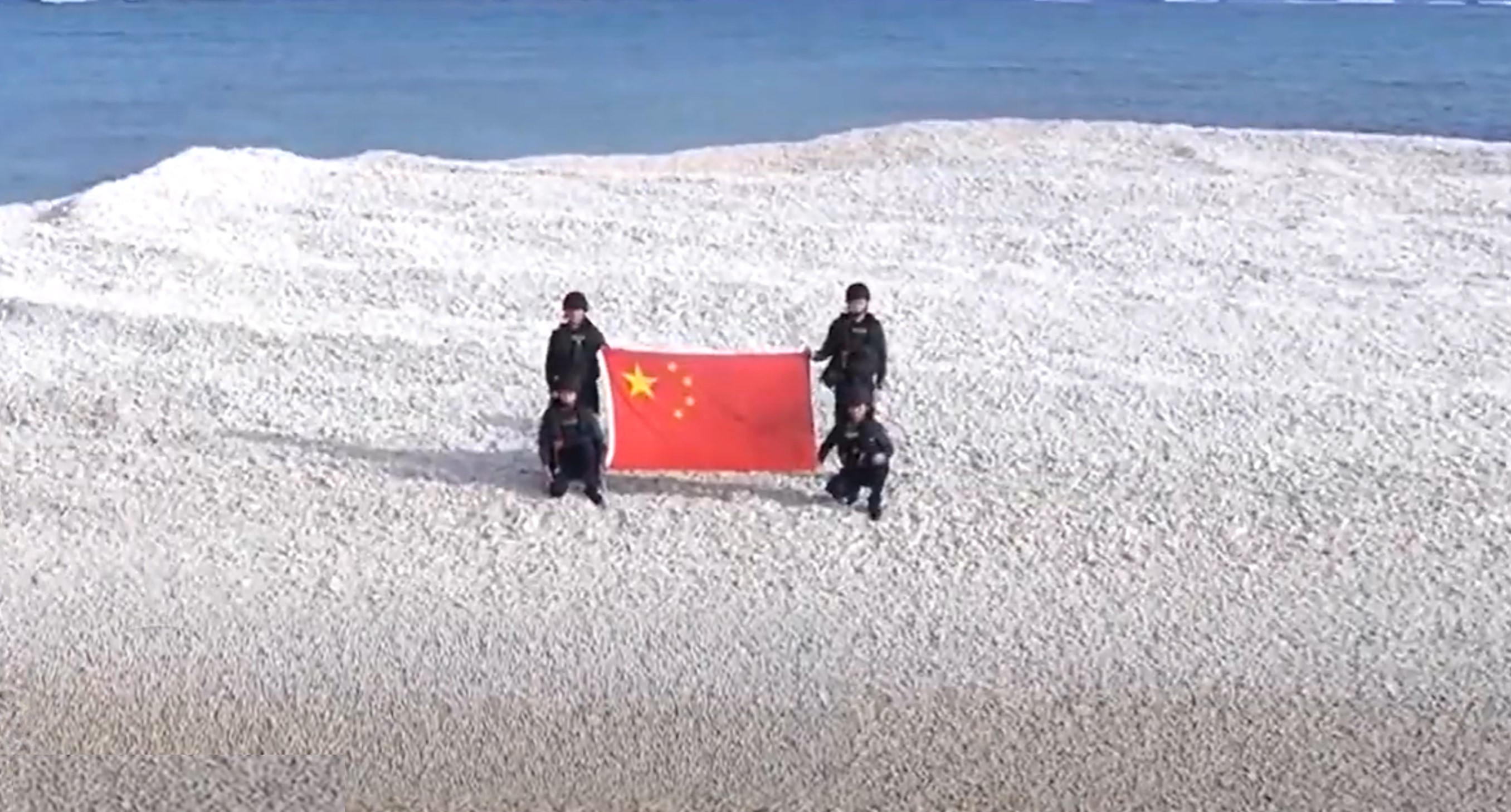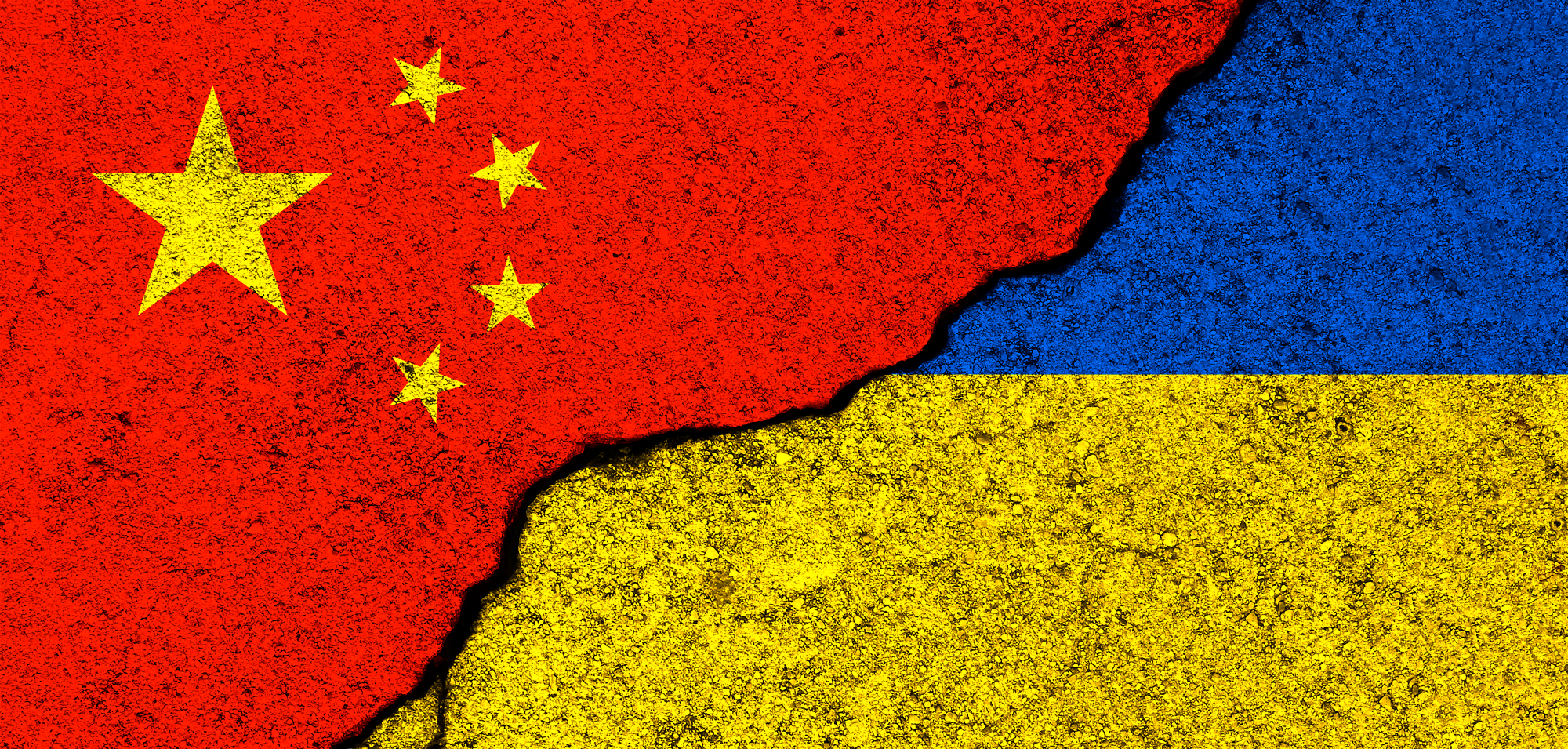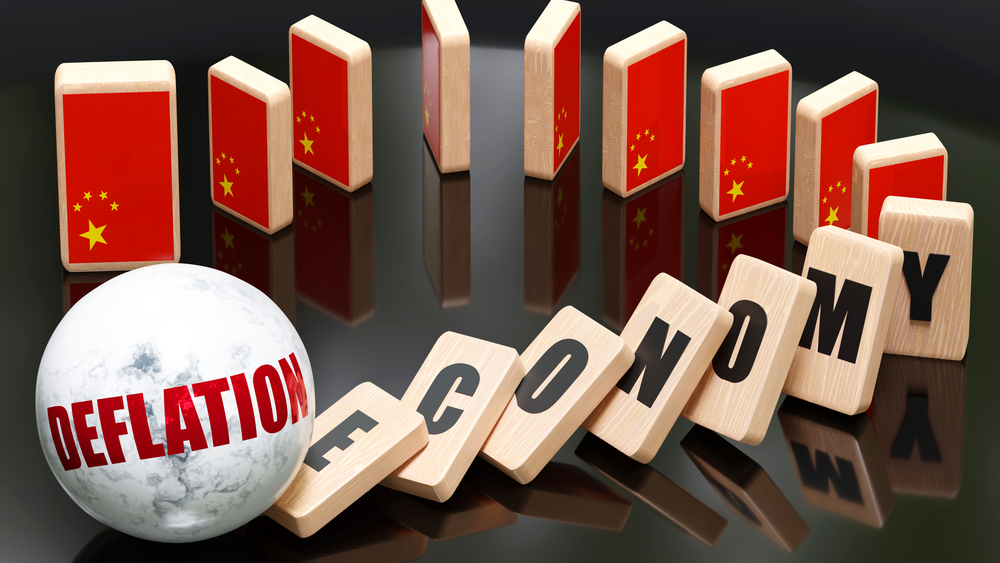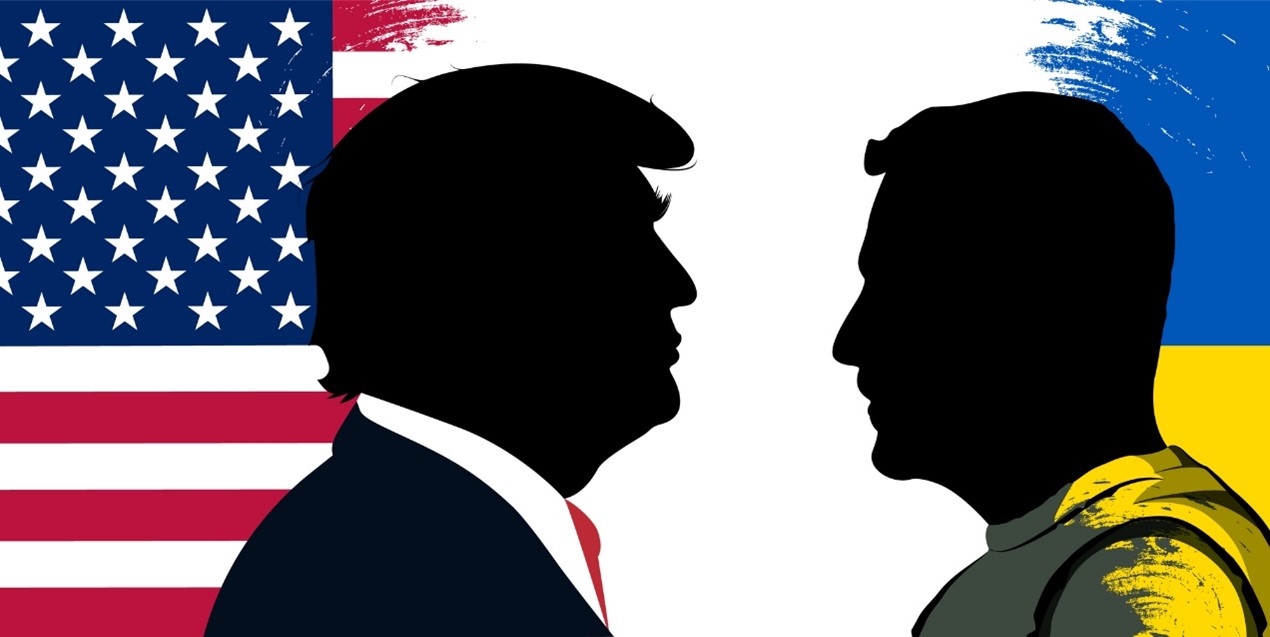In December 2022, India and China relations once again suffered a setback as India had to counter against yet another transgression by Chinese troops across the disputed border, the Line of Actual Control (LAC). This marked the second major such clash in just two years. Picture source: Depositphotos.
Can the China-India Bilateral Gain Momentum in 2023?
Prospects & Perspectives No. 6
By Jagannath Panda
In December 2022, India and China relations once again suffered a setback as India had to counter against yet another transgression by Chinese troops across the disputed border, the Line of Actual Control (LAC). This marked the second major such clash in just two years – the first occurred at the Galwan Valley in June 2020. The most recent clash took place in the politically sensitive Tawang region in Arunachal Pradesh (LAC’s eastern sector), and is evidence that the various consultative, dialogue mechanisms between India and China have failed. It also highlights the dubious patterns in China’s behavior across India’s neighborhood and beyond.
Could the coming years revamp the India-China ties?
Derailing of the Blasé Talks
China’s repeated transgressions at the border have – most importantly – derailed trust between the two countries. Arguably, mutual trust is approaching a historic low. Since 2020, New Delhi and Beijing have held several rounds of military talks, with the latest following days after the Tawang skirmish. The aim of the 17th round of Corps Commander Level Meeting at the Chushul-Moldo border meeting point on the Chinese side on December 20, 2022, which lasted for nearly 10 hours, was to defuse the renewed tensions.
That a joint statement was issued post the talks highlighted that it was at the very least a non-inflammatory, if not a truly constructive, meeting. However, the agenda did not include the Tawang incident, but focused on tackling issues along the LAC in the western sector. This compartmentalization indicates the intent of both sides to avoid provocative concerns and gives credence to the narrative about their lack of faith in completing bilateral conflict resolution.
In such a context, both sides agreeing to “stay in close contact” with each other via various diplomatic and military channels so as to reach a mutually acceptable resolution to their border issues essentially counts as a non-starter. So while it is an achievement that the 17th round happened around a tense situation, the final outcome – peace and stability along the LAC – is highly suspect.
Further, China has thus far refused to pull back its troops from the Depsang Plains and to their pre-May 2020 status quo positions. It also continues to proclaim the Indian infrastructure development at the border to be the cause of constant bilateral tensions. At the same time, China is bolstering its own border infrastructure and using the current deployment to give its troops critical (and thus far lacking) combat experience. Such aggressive tactics on China’s part have created a huge trust deficit for India and are sure to negatively impact their boundary negotiations moving forward.
In other words, although the Tawang incident is not expected to prompt a dramatic new downturn in bilateral ties, it certainly raises India’s distrust of China and will make it harder to normalize ties.
Much Ado About Tawang?
The Tawang region is of great political and strategic significance to both China and India: It is a hub of Tibetan Buddhism, and where the sixth Dalai Lama was reportedly born in 1683; the Dalai Lama in 2008 also declared it as part of India. As a result, due to China’s hypersensitivity on the decades-long dispute over Tibet’s sovereignty and the clash over Dalai Lama’s reincarnation, India’s border dispute gets enmeshed with Tibetan politics.
China continues to claim the entire Indian state of Arunachal Pradesh (of which Tawang is a district) as its territory: referring to it as “Southern Tibet” or “Zangnan,” renaming several places, refusing to grant visas to the state’s officials, and issuing “stapled” ones to the residents. For the same reason, over the years, Beijing has also vehemently objected to the Dalai Lama’s visits to the region, just as it routinely opposes Indian political leaders’ trips. Arunachal Pradesh is also a strategically vital state for India as a point of defense for its Northeast region. Tawang is therefore a non-negotiable territory for India.
Notably, China’s intrusions in this region could be a precursor to not only greater attention to the eastern sector of the LAC but also China’s intent to redouble focus into its claims over the Tibetan plateau.
Parsing the Patterns of Chinese Behavior
Beyond China’s military tactics, state-sponsored hybrid attacks (in the sense of military actions coupled with non-standard/asymmetric coercion) seem to have become a “new normal” in China’s regional calculus. China intensified efforts to control Taiwan via economic, cyber, and psychological means is a prominent case in point. Similarly, the intrusion at Tawang was preceded by a cyberattack on November 23 targeting the All India Institute of Medical Sciences in New Delhi, which was attributed to China. This is not the lone incident with alleged Chinese involvement, with a spur in cyber-attacks on Indian infrastructure in recent years.
Moreover, Beijing would be carefully watching India’s moves in order to adjust its own adventurism to assert its dominance in the region. As India looks to navigate its regional and global ambitions and situate itself as an influential geopolitical actor that is willing and able to assert its voice, China is seeking to use the boundary dispute to maximize benefits and establish itself as a preeminent power in India’s neighborhood.
For example, the Tawang intrusion was a political and military message for not only New Delhi – demonstrating China’s power projection – but also to India’s South Asian neighbors like Bangladesh, Nepal, Bhutan, and Sri Lanka. Bhutan, bordering India’s Tawang region, in particular has long been forced to deal with Chinese pressure, most prominently during the Doklam stand-off; the People’s Liberation Army has been encroaching on Bhutanese territory, too, by establishing villages and infrastructure. Such moves are aimed at displaying Chinese military prowess in India’s neighborhood.
In short, the Tawang transgression adds to the clear pattern in Chinese military activities: constantly keeping India in a reactive mode in the region.
Trends in China-India Relations beyond 2023
To some extent, the Tawang incident was not a surprise. Both India and China have been steadily investing in border infrastructure development as their respective forces have entered into clashes with increasingly greater frequency. As both sides sought to achieve a tactical advantage, the potential for another clash was not out of question. Moreover, while India had reinforced its position in the western sector of the LAC, Arunachal Pradesh remained vulnerable.
However, the timing of the incident was certainly a surprise. That an incursion occurred days after the (admittedly brief) exchange between Prime Minister Narendra Modi and President Xi Jinping along the side lines of the G20 summit in Bali – a first since 2020. This gives a measure of the still-deteriorating trust between the countries and little chance of normalization in the coming times.
At the same time, there is little prospect of a major military escalation that pushes them into an all-out war. Rather, both states will continue to keep their armed forces on high alert, with India preparing for future infractions at critical junctures along the LAC. Additionally, India and China can both be expected to continue their substantial investments in upgrading military infrastructure along the borders, in tandem with deploying additional troops in sensitive regions.
Simultaneously, the bilateral dialogue mechanisms – such as the Special Representatives’ Level Dialogue (last meeting in December 2019), Working Mechanism on Consultation & Coordination (latest in October 2022), and the aforementioned Commanders’ Level Dialogue – will continue to take place with some regularity, although chances of successful dispute resolution remain extremely low amid the unbreachable trust deficit. Yet, for India and China, de-escalation is in their best interest as both are formidable military (and nuclear) powers in their own right and have sufficient mutual deterrence.
Finally, 2023 marks India’s hosting of the G20 and the Shanghai Cooperation Organization (SCO) meetings – two major multinational summits of which China is a key part. This will lead to a flurry of diplomatic activity in India, including thrust on a more proactive foreign policy. Moreover, in view of the Chinese security threat, Delhi must also dedicate greater attention to the political developments vis-à-vis China in its immediate neighborhood. This is imperative to effectively counter China’s efforts to gain ground or establish its dominance in the region. For this, India must not only stand its ground on the border issue but also help smaller regional states reinforce their own territorial integrity and sovereignty against the Chinese challenge.
(Jagannath Panda is the head of Stockholm Centre for South Asian and Indo-Pacific Affairs (SCSA-IPA) at the Institute for Security and Development Policy, Sweden; and a senior fellow at The Hague Centre for Strategic Studies, The Netherlands.)


